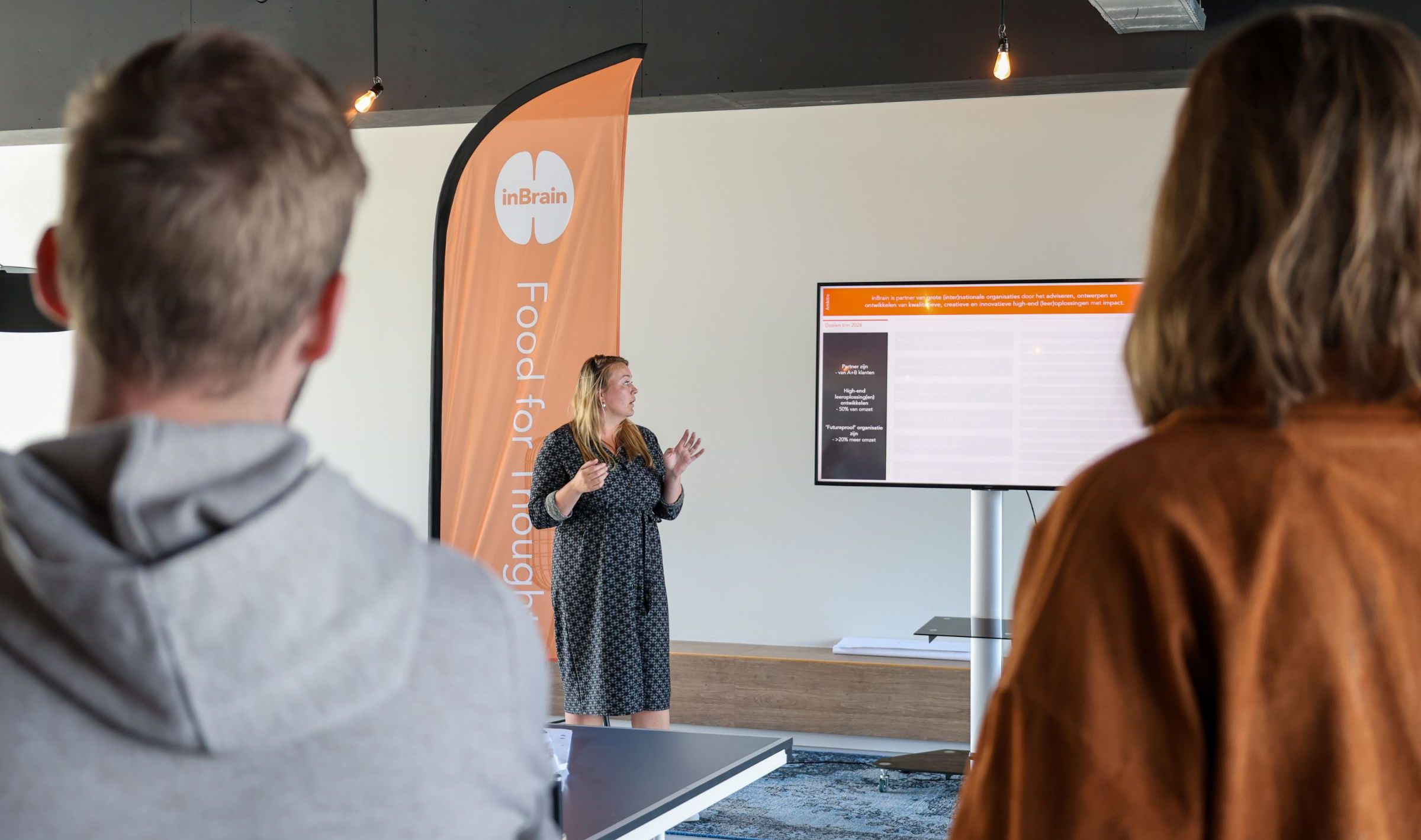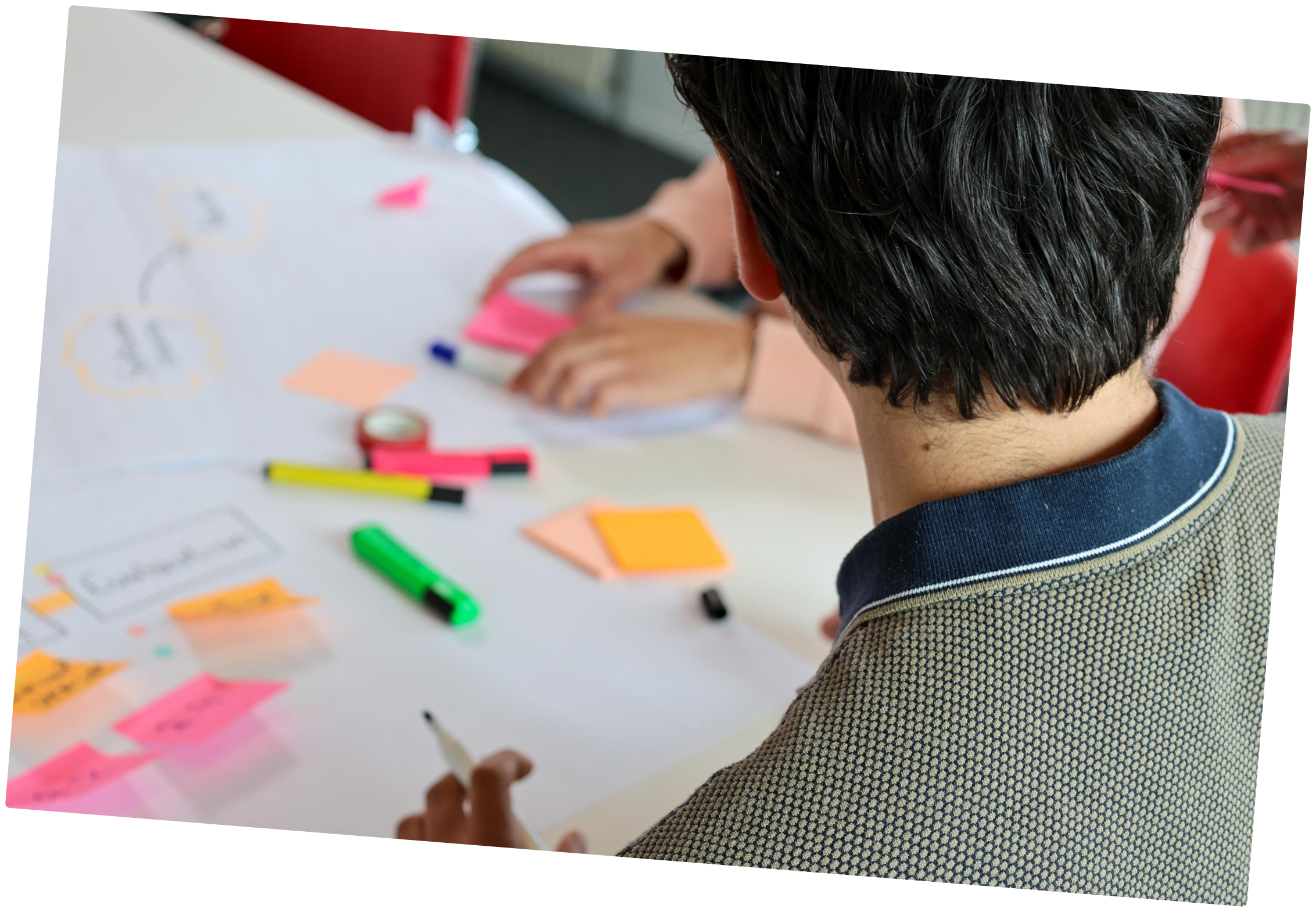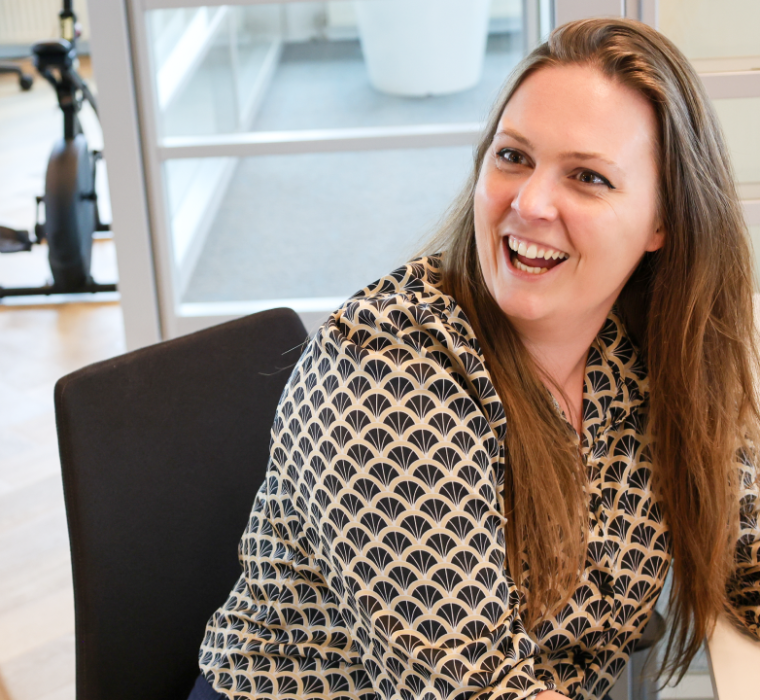
Hi Felicia,
What a good question of yours! On June 28, 2025 (do you remember where you were then? I don’t, unfortunately…), the European Accessibility Act (EAA) did indeed come into force. As you no doubt know, but the unsuspecting reader of this piece may not yet know, this law means that companies are required to design their services to be accessible and usable by everyone, including people with disabilities.
Many people have the reflex to immediately envision someone with sunglasses, red and white cane and assistance dog when they see a disability. Being blind or partially sighted does indeed count as a visual impairment, but of course there are many other forms. You can also be hard of hearing, have motor or cognitive challenges, and neurodivergence (for example, autism, AD(H)D and dyslexia) also falls under the KAU. So it’s important to be aware that disabilities come in all shapes and sizes, and that it’s not just about being able to see well or not. There is so much more to consider.

WCAG
The magic word, or rather the magic abbreviation, that you are quickly confronted with if you delve a bit into digital accessibility is WCAG. This stands for Web Content Accessibility Guidelines. This is – very briefly – a set of guidelines in four areas: perception, operation, comprehensibility and robustness. Each of these areas contains guidelines, which in turn contain success criteria. The more success criteria you meet, the higher your level of WCAG compliance is (from A to AAA). These guidelines have been around for a long time (the very first version dates back to the late 1990s), but have evolved and matured quite a bit in recent years, no doubt helped by the fact that inclusivity is much more prominent on society’s agenda these days than before. Everyone should and must be able to participate!
In our learning solutions, we have been taking the WCAG guidelines into account for some time. The authoring tools we use have already seen many improvements in this area in recent years, and all now offer the ability to publish material that meets even the strictest levels of compliance with the WCAG guidelines.
Key word here, of course, is “possibility”: you will have to consciously take it into account during development, and it also brings limitations in what you can and cannot develop. For example, consider certain question types that require a mouse to complete them. A lot is possible, but you will have to put effort into it and take technical limitations into account. Moreover, accessibility actually starts at an earlier stage than when you pour the content into its final form: the source texts must be understandable, well-structured and organized. And what about use of color (contrast)? You make it a lot easier on yourself if you take this into account from the very beginning.

But then again, and you may already feel it coming: you can create very nice learning solutions that are accessible to everyone, but if the learning environment in which these are located is not properly accessible, it still stops very quickly. Then the environment suddenly becomes a bottleneck.
This is why the subject of digital accessibility has been on the agenda (and roadmap) of our development department for ages! After all, with many relatively small adjustments you can immediately make your digital product a lot more accessible for people with disabilities. Think of alt-texts for images and buttons, the use of a correct semantic structure in the layout, but also, for example, taking into account the fact that there are users who do not appreciate animations in the interface, because they are actually physically bothered by them, for example people with a balance disorder. Users can set this, but it is then up to the developers to take this setting into account.
For example, make sure that people who cannot (or do not want to, in the case of lazy programmers) use a mouse can also navigate through your interface using the keyboard. Of course, we take this into account when developing new functionalities for our own LMS inSight. There are also plenty of existing functionalities where improvements are possible and desired. We will implement these step by step in the coming period.







